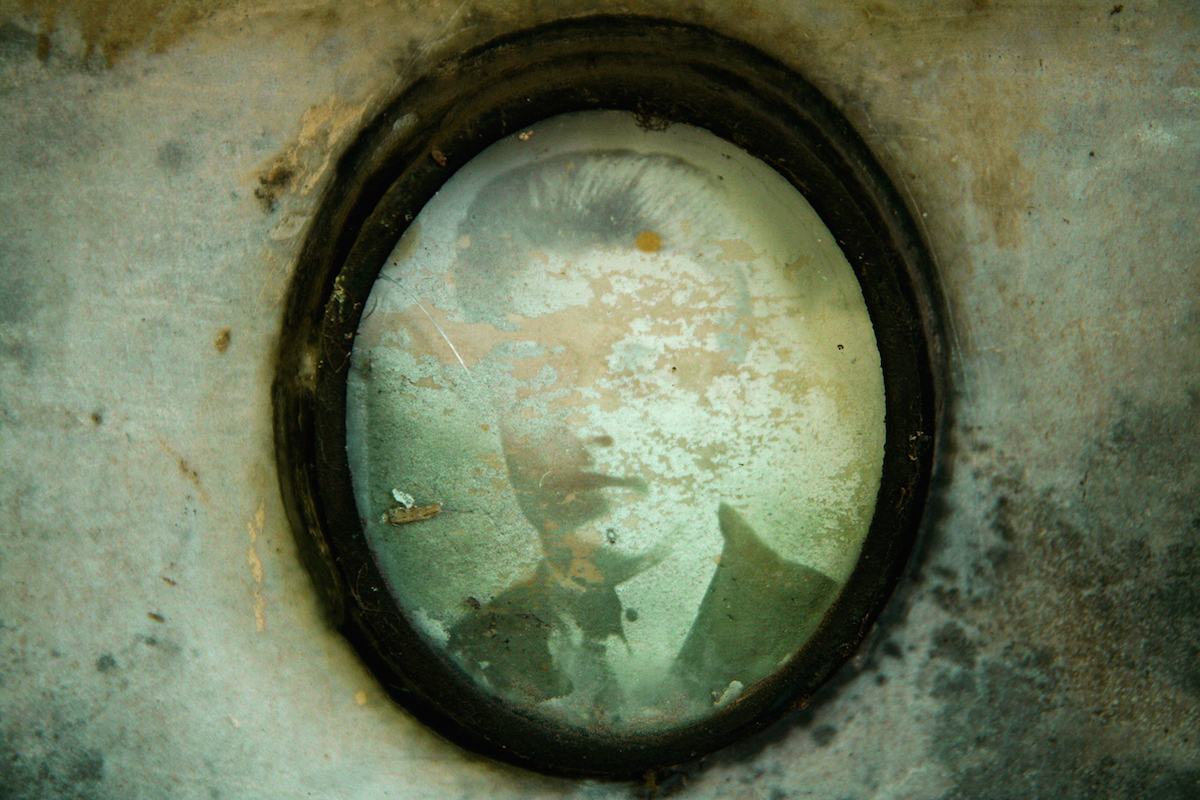ELO 2015: The End(s) of Electronic Literature
Faceless Patrons
Andreas Zingerle (University of Art and Industrial Design, Linz, Austria) and Linda Kronman (Danube University Krems, Austria)
Interventions: Engaging the Body Politic
Friday, August 7 • 17:30 - 18:30 (Visningsrommet USF)
Faceless is an installation that documents stories used by Internet scammers in so called “overpayment scams”. Scammers use scripted stories to reach their victims, yet when correspondence continues story worlds start to evolve. We created a virtual character to interact with scammers who posed to be art buyers. The installation presents five of these interactive narratives in form of a series of photos each coupled with a forged cheque. By using smartphones or a tablet an Augmented Reality layer can be accessed to expose further story elements.
To be able to dive into the scammer’s narratives we created a fictional character: an artist called “Anna Masquer”. She represents an average contemporary artist that has a virtual identity and presents herself and her artwork on a Wordpress blog and a Flickr channel. Her photo series Faceless is offered to the scammers that pose as gallerists or wealthy art buyers. The series is a collection of faded and worn down images from abandoned graves – another kind of faceless: past away and forgotten, yet an Identity that you can use and abuse.
Also scammers develop their character. Their posed identity is often based on either identity theft or a confusing mix of several existing individuals, giving them the opportunity to remain “faceless” and anonym. Their goal is to quickly agree on the price and send the overpayment cheque.
The gathered cheques are a physical evidence of fraudsters tricking the artist into money laundering. The scammers demand a fast reaction of the seller to cash the cheque and immediately send the artwork and the rest of the money to the “shipper”. While we were aware of the fact that we are dealing with scammers, we tried to use narration to investigate how the scammers react to various turns in the plot. Much of the correspondence evolves around building trust and generating believable characters. Yet a tension starts to emerge when the check arrives wile our hidden aim is to linger and keep up the correspondence without transferring money back to the scammer whereas the scammer needs to come up with convincing story plots why the payment needs to happen immediately.
The installation setup consists of five photo-frames (size: 2xA3, 3xA4) hanging on a wall. Each frame connects to a correspondence with a scammer holding a photograph and a fake cheque that was received as an advance payment for Anna Masquer’s photos. By using a smartphone or an Android tablet that can be provided for demonstration purpose the visitor can scan each photograph via a third party ARBrowser.
Each physical photograph is then overlaid with an AR layer containing a video compilation of images. These images are the result of an online search in an attempt to confirm or invalidate the authenticity of the scammer’s character and his online representations. These images attempt to give a face to the faceless scammer, yet fails while the posed art buyer can be anyone or no one of the persons found within the search. Additionally to the images the video contains a generic voiceover narrating parts of the email correspondence, enabling the visitor to follow the whole narrative paths of the “overpayment check scam” scheme.
